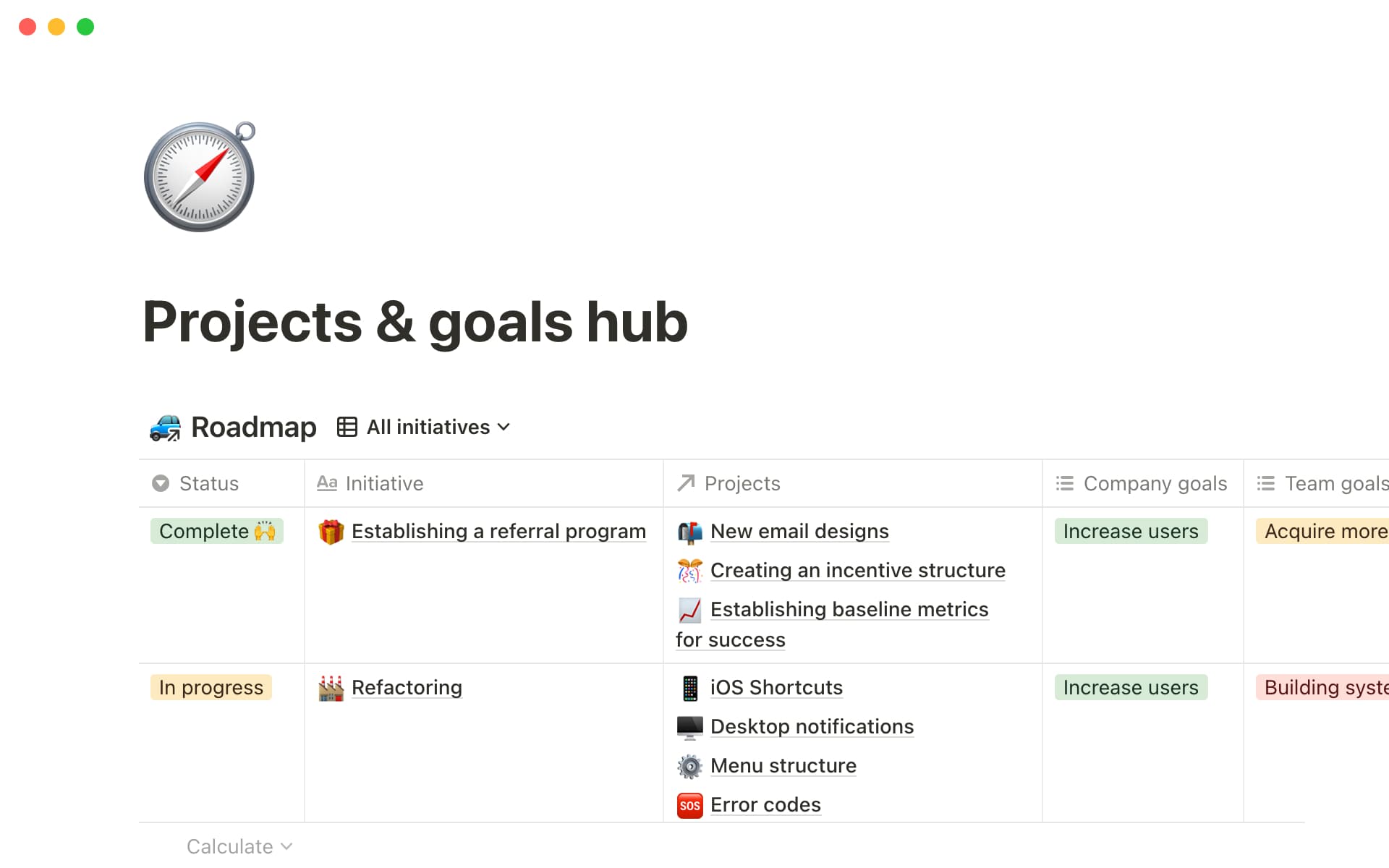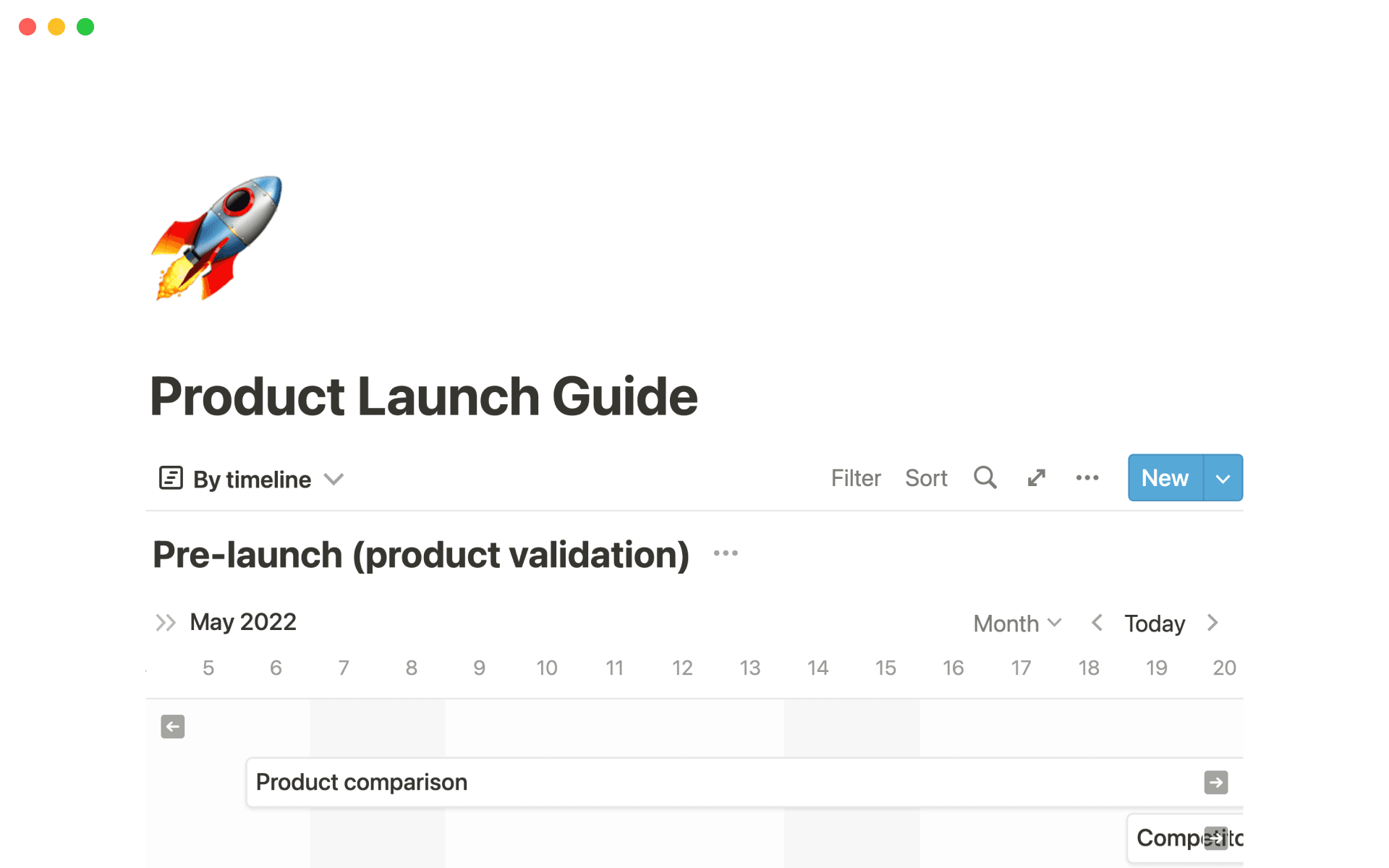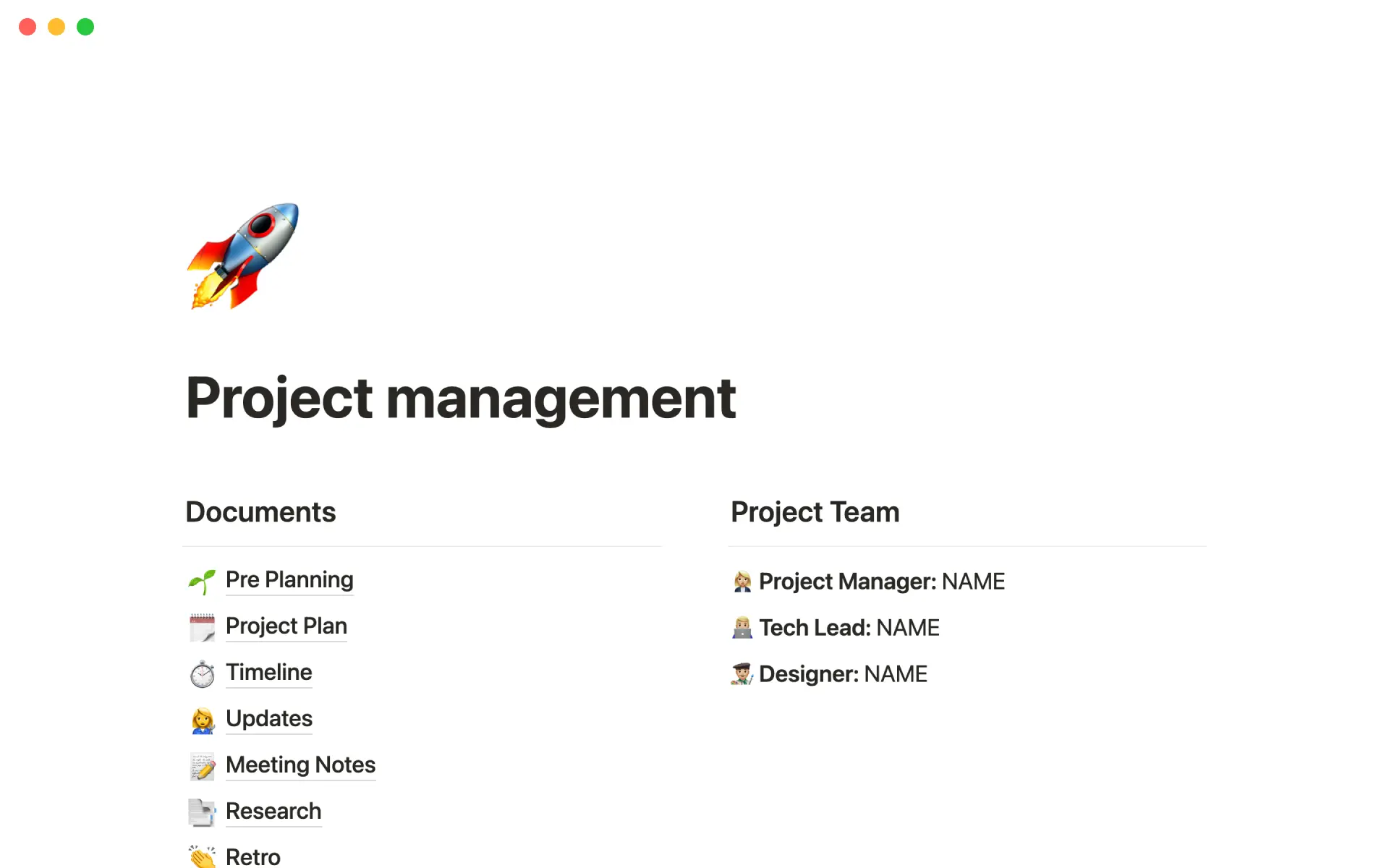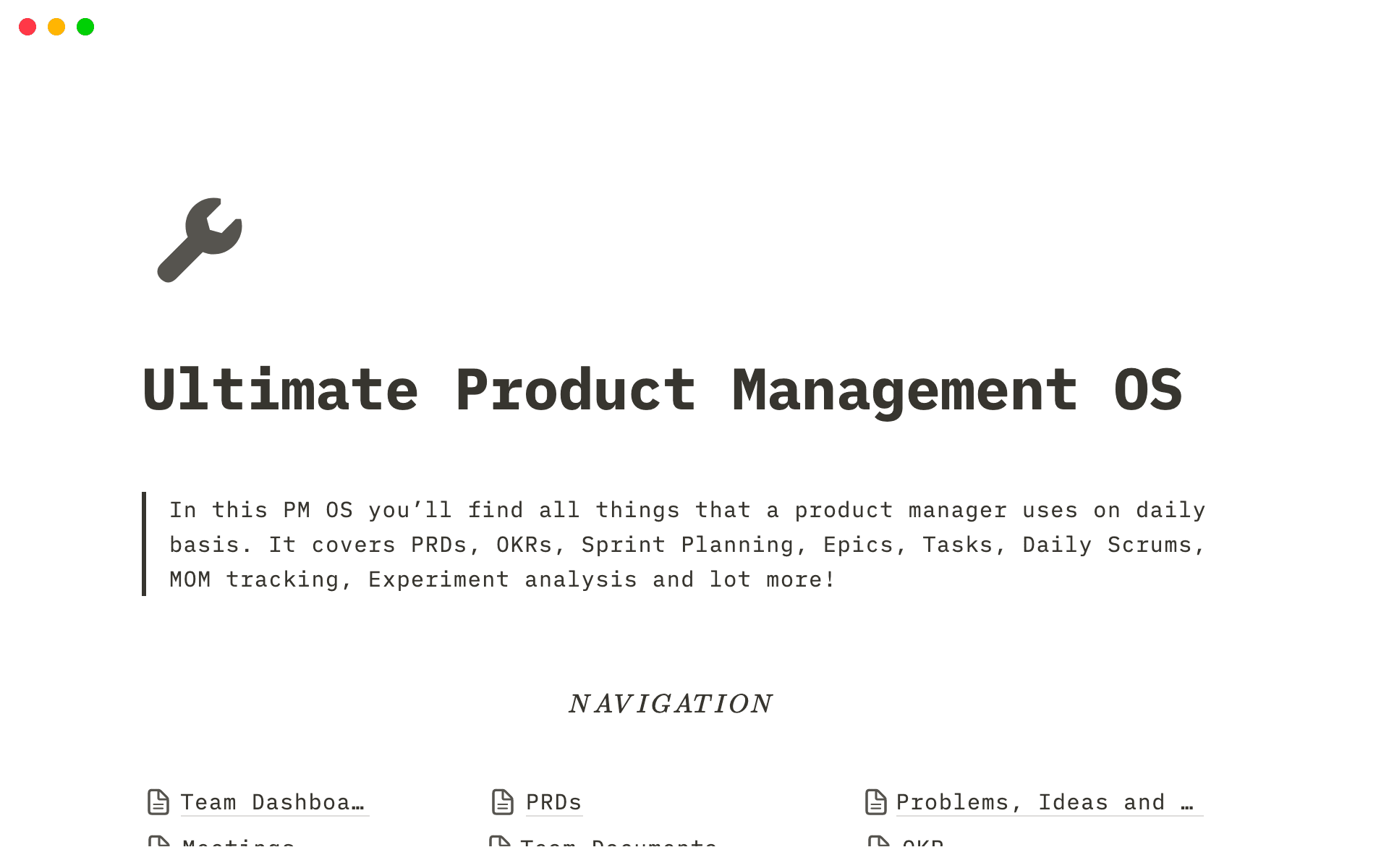In life, there are “shoulds” and “musts.” You should explore your innovative side hustle idea, but you must first finish the work already on your plate.
The same logic applies to organizations. Some benchmarks are “musts,” while others are a plus. Businesses need to prioritize those essential points to keep teams focused and meet key targets. Without fulfilling core goals, the company could fail.
Understanding your organization’s “musts” means determining critical success factors (CSFs). Ensuring the health of these essential variables promotes the health of your whole undertaking.
What are critical success factors?
A CSF is a variable that determines positive outcomes for an initiative. A company that fulfills its CSFs also meets its goals and produces quality deliverables.
CSFs aren’t one-size-fits-all. An online retailer might need to increase social media click-through rates (CTRs) to conduct a successful marketing campaign, while a CSF for a development project might be to produce a bug-free feature.
When to define critical success factors
Leaders should establish CSFs from the start — whether at a company launch or the beginning of a project. Defining CSFs at the start of an initiative ensures that work aligns with the fulfillment of deliverables and goals.
If you’re setting CSFs for a project, decide how many to set by considering the scope of work. For a brief or limited initiative, you might only need to identify a handful of success factors. CSFs are guiding forces, not tasks or action items, so having too many might be overwhelming.
Why are critical success factors important?
CSFs guide all company-wide work. Here’s why these factors have earned the title of being “critical”:
They provide a route toward goals — CSFs align with broad company and team objectives, clarifying what teams need to do to achieve them. An online retailer wishing to boost sales knows that driving traffic from social media is essential. Setting improved CTR as a CSF means that if the company can drive clicks from social media, that success in turn will increase sales on its website.
Teams know what can’t go wrong — when teams know which factors ensure positive outcomes, they conversely understand potentially negative ones. Employees comprehend how important it is to protect the health of CSFs to prevent failure.
They encourage assessment — teams have a significant task to pull off when working on CSFs. Since they must perform this work correctly, they need to assess their strengths and areas of opportunity, taking steps to improve the latter.
What are the key success factor types?
While you’ll define CSFs that reflect your employer’s general goals, you’ll also likely focus them on one of five areas. Here are the five most common CSF types:
Industry-related success factors ensure that businesses remain competitive. Perhaps a company aims to boost its relationship with its target audience. Actions like improving graphic design and copy for marketing campaigns could be success factors.
Environmental factors refer to the unpredictable aspects of doing business — market fluctuations, public policy changes, or unexpected innovations that shift an industry. For a company trying to build a stronger bond with its target audience, an environmental success factor might be staying updated on trends for its demographic.
Temporal factors account for time-based pressures on a business. This might include a staffing reduction or a non-permanent shift in the organization’s business model. Companies should take measures to ensure they deliver the same quality outputs during these times. If a staffing issue impacts a company’s marketing department, they could respond by running lean but impactful campaigns.
Peer-related factors affect a company’s relationship with competitors. Businesses that want to gain market share must think closely about their competitive position and identify CSFs that make them stand out. A company could offer a unique service or product feature, like the online retailer giving consumers one-on-one pre-purchase consultations.
Management position CSFs focus on internal change. Managers drive these factors, aiming for goals like improving performance or company culture. A performance management success factor might be training sales professionals to better interact with consumers.
How to identify critical success factors: 4 steps
Offer your team more strategic work — here’s how to identify CSFs.
1. Strategize
Create a strategy for the organization or a project plan outlining the work's objectives. These should be high-level goals that guide the organization for the next few years or that establish a project’s mission.
2. Gain feedback
Gather all relevant stakeholders for their input. If you’re creating an organization-level strategy, work collaboratively to identify key results areas (KRAs) — broad goals, like customer satisfaction or profitability, that are central to the company’s functions. And if starting a new project, identify the non-negotiable achievements your team must fulfill.
3. Identify CSFs
After defining KRAs or project goals, link CSFs to each. Suppose a KRA is growing brand awareness amid a new target demographic. A CSF might be reframing marketing campaigns for a different audience.
4. Establish and monitor metrics
Anytime you work toward goals, you should use metrics to track success. Set key performance indicators (KPIs) that teams will monitor in order to ensure the health of CSFs. To confirm a revamped marketing strategy is reaching the right audience, you might set a KPI for an engagement percentage boost from that demographic on social media. Then you could use in-app metrics to track increases in traction.
Critical success factors examples in project management
Project management has a particular set of CSFs that drive positive project results. These may include working closely with stakeholders, documenting processes and metrics, and constantly assessing and mitigating risk.
Why do these types of initiatives support healthy projects? Here’s more on how these three project management CSFs keep work on track:
Working closely with stakeholders — project managers (PMs) must ensure that work fulfills stakeholder and end-user needs. They can also gain valuable insights from internal and external stakeholders with niche professional knowledge. This feedback can improve a project’s success.
Documenting processes and metrics — clear, comprehensive documentation (like roadmaps and org charts) supports a project because it keeps everyone in the know. Team members executing the work, stakeholders, and company executives can all check in on processes or progress at any time. Those performing the work know what tasks they must complete to keep the project on course, and anyone who accesses the documentation can offer insights that streamline work or flag an issue.
Assessing risk — risk is inherent to any project. But PMs can manage risk using a SWOT analysis, identifying strengths, weaknesses, opportunities, and threats before starting. Then they can set up an issue-tracking framework to document errors as they arise and resolve them before they turn into problems that could put the business at risk.
Handle your critical success factors better with Notion
Notion’s collaboration and project management tools support teams focused on success. Keep documentation in one place, centralize the group’s knowledge in a wiki, and tap into a library of templates.
Project managers establishing risk-mitigating CSFs can use Notion’s SWOT analysis template to foresee weaknesses and learn how to document them in a risk register. From there, you can leverage Notion’s project tracking tools for different management styles, like Agile or Scrum.






